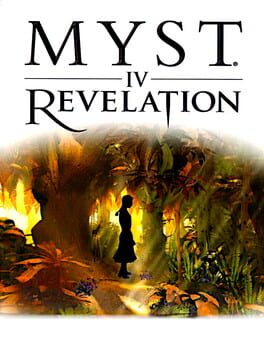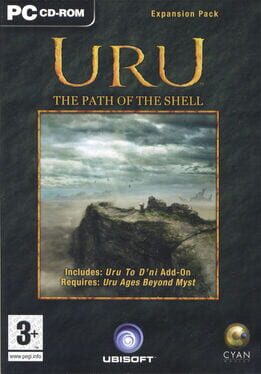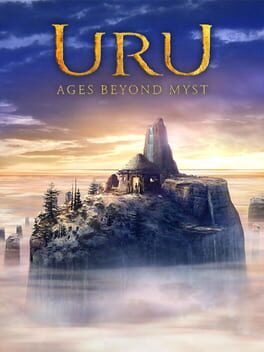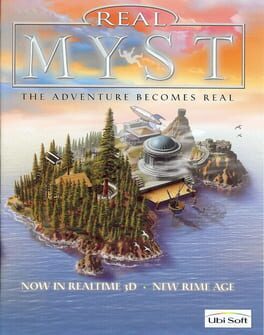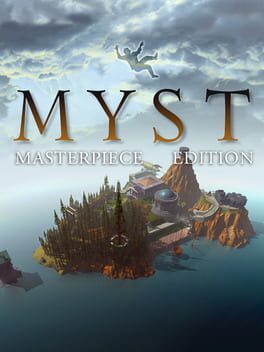

MYST III: EXILE introduces a new villain Saavedro, who seeks revenge when he finds out his homeland was destroyed by Atrus' sons. The player must track the villain through several surrealistic Ages, navigating puzzles to uncover the truth behind this new adversary. Only then can disaster be averted to choose who was right and who was wrong. Saavedro is played by Academy Award nominee Brad Dourif (One Flew Over the Cuckoo's Nest).
Also in series
Released on
Genres
Reviews View More
Myst 3 can't be the first identifiably positivist video game ever made, but it's probably the first one that I've played. It proposes that the world we live in and the lives we lead are a puzzle– not only that constituent parts are interconnected, but also that problems are solvable. The universe as linear algebra (cf. a game like Pathologic or Pentiment, where there are ultimately no "good" answers).
Now, this proposition could have been easily and utterly ham-fisted if the entire game was comprised of ages like the Rube Goldbergian Amateria, where logic materializes in the form of machines that guide spheres on tracks. But Exile redeems itself through the age of Edanna, where an island's entire ecosystem becomes a puzzle to manipulate and solve. Clearly the abstract notion of a machine is being applied more broadly and in contentious ways.
While this nevertheless is in line with the suggestion that the universe is inherently knowable - that scientific and logical proofs can be used to explain reality - it is of course at odds with the mystical, creative process of The Art, which allows ages to be created through writing linking books. The Myst series up to this point never really explains how The Art functions. There is a sequence in the last part of Exile that comes very close, hewing close to its positivist inclinations, but it never really gets close to becoming fully expository.
So where does that leave us? People are only truly creative within limitations? Creativity is limited by the laws of reality? That creativity and logic are inextricably intertwined? The full weight of these questions are best understood by playing all three games up to this point, but Exile really ties the bow on it.
Now, this proposition could have been easily and utterly ham-fisted if the entire game was comprised of ages like the Rube Goldbergian Amateria, where logic materializes in the form of machines that guide spheres on tracks. But Exile redeems itself through the age of Edanna, where an island's entire ecosystem becomes a puzzle to manipulate and solve. Clearly the abstract notion of a machine is being applied more broadly and in contentious ways.
While this nevertheless is in line with the suggestion that the universe is inherently knowable - that scientific and logical proofs can be used to explain reality - it is of course at odds with the mystical, creative process of The Art, which allows ages to be created through writing linking books. The Myst series up to this point never really explains how The Art functions. There is a sequence in the last part of Exile that comes very close, hewing close to its positivist inclinations, but it never really gets close to becoming fully expository.
So where does that leave us? People are only truly creative within limitations? Creativity is limited by the laws of reality? That creativity and logic are inextricably intertwined? The full weight of these questions are best understood by playing all three games up to this point, but Exile really ties the bow on it.

